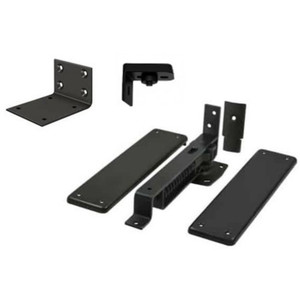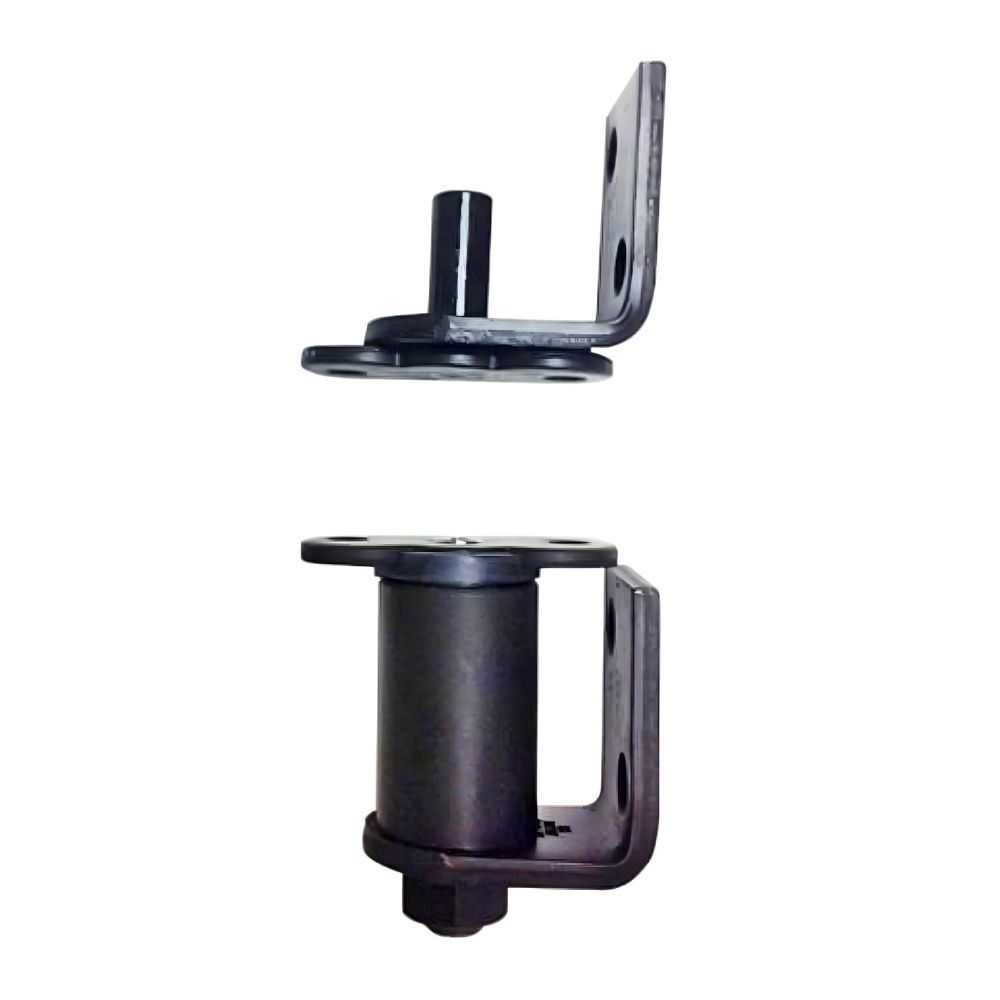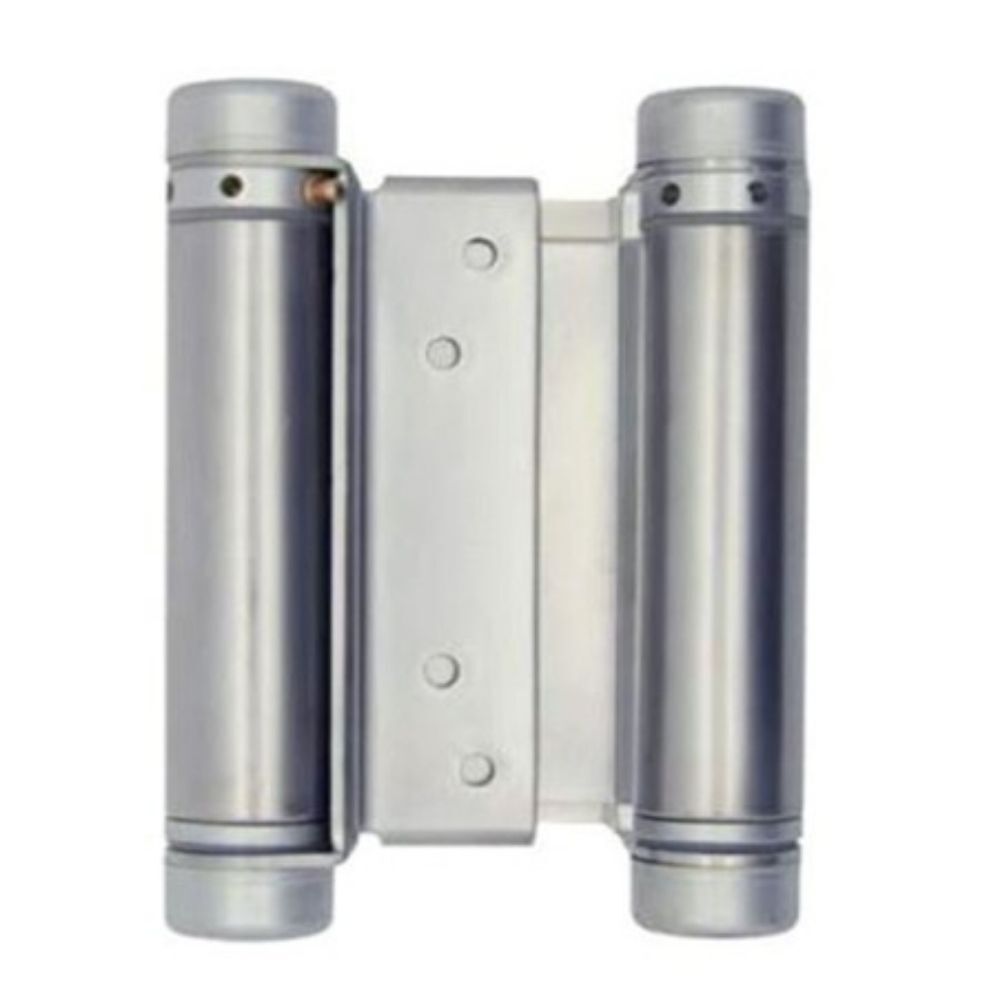
How To Maintain Your Door Hinges for a Long-Lasting Life
How To Maintain Your Door Hinges for a Long-Lasting Life
Properly maintaining your door hinges keeps their operation smooth and extends their functional life, saving you money and preventing inconvenient repairs. Understanding how to maintain your door hinges for a long-lasting life involves more than occasional oiling. It requires a systematic approach that includes regular inspection, proper cleaning techniques, appropriate lubrication, and timely adjustments.
Whether you’re dealing with standard butt hinges, continuous hinges, or hidden door hinges, the principles of maintenance remain consistent, although the specific techniques may vary slightly. This comprehensive guide will walk you through everything you need to know about keeping your door hinges in optimal condition. From identifying early signs of wear to implementing preventive measures, you’ll discover practical techniques that will help your hinges operate smoothly for years to come.
Key Takeaways:
- Establishing a regular schedule for inspecting and cleaning your door hinges allows you to catch potential issues such as rust, looseness, or grime buildup before they become serious problems.
- Proper lubrication guarantees smooth operation. Use light machine oil for interior hinges and more robust, weather-resistant lubricants such as white lithium grease for exterior ones.
- Promptly address common issues such as squeaking, sagging, or binding by cleaning, lubricating, or tightening screws to extend the life of your hinges and maintain door functionality.
Establish a Regular Inspection Schedule
Monthly visual inspections allow you to identify potential issues before they become major problems. During these inspections, examine each hinge for signs of rust, corrosion, loose screws, or unusual wear patterns. Look for gaps between hinge plates and whether the door hangs properly without sagging or binding. Listen for unusual sounds when opening and closing doors, as squeaking, grinding, or clicking noises often indicate maintenance needs.
Pay particular attention to exterior door hinges, which face greater environmental challenges from weather, temperature fluctuations, and moisture exposure. These hinges typically require more frequent inspection and maintenance compared to interior door hinges.
Document issues you discover during inspections, as patterns of wear can help you identify underlying problems, such as structural settling or improper installation that may require professional attention.
Use Proper Cleaning Techniques
Effective cleaning removes accumulated dirt, grime, and old lubricants that can interfere with smooth hinge operation. Remove loose debris with a dry brush or cloth, working carefully around the hinge pin and between the knuckles where dirt commonly accumulates.
For routine cleaning, use a mild soap solution and a soft cloth to wipe down the hinge surfaces. Avoid using harsh chemicals or abrasive materials that could damage the hinge finish or internal components. Pay special attention to the area around the hinge pin, as this is where most operational problems originate.
When dealing with stubborn grime or old grease buildup, consider partially disassembling the hinge by removing the pin to allow for thorough cleaning of individual components. Plus, this thorough cleaning allows all surfaces to receive proper attention.
Once you’ve cleaned each piece, fully dry all components to prevent moisture-related corrosion. This step is particularly important for hinges in humid environments or those exposed to weather conditions. Next, reassemble the parts, maintaining the correct order and orientation of components.

Follow Lubrication Methods and Best Practices
Proper lubrication is crucial for smooth hinge operation and preventing premature wear. The right choice of lubricant depends on the hinge type, location, and environmental conditions. Light machine oil works well for most interior hinges, providing adequate lubrication without attracting excess dirt and debris.
For exterior hinges or those in harsh environments, marine-grade lubricants or white lithium grease offer superior protection against moisture and corrosion. Remove the hinge pin when possible for thorough lubrication of internal surfaces. Apply a small amount of lubricant to the pin before reinstallation, then work the door several times to distribute the lubricant evenly throughout the hinge mechanism.
Avoid excess lubrication, as it can attract dirt and debris, leading to accelerated wear and operational problems. Wipe away excess lubricant from external surfaces to maintain a clean appearance and prevent dust accumulation.
Address Common Hinge Problems
Squeaking hinges are the most common maintenance issue, typically resulting from insufficient lubrication or dirt accumulation. Address squeaking by cleaning the hinge thoroughly and applying appropriate lubricant to the pin and contact surfaces.
Sagging doors often indicate loose hinge screws or worn hinge components. Check all mounting screws for tightness, replacing stripped screws with slightly larger ones or using wooden plugs to restore proper holding power in enlarged screw holes.
Binding doors may result from paint buildup, swollen wood, or misaligned hinges. Carefully remove paint from hinge surfaces using appropriate solvents, and check for proper alignment between the door and frame. Adjust hinge positions if necessary for smooth operation.
Rust and corrosion require immediate attention to prevent permanent damage. Remove surface rust with fine steel wool or rust remover, then clean and lubricate the affected areas. Consider replacing severely corroded hinges to maintain security and functionality.
Implement Seasonal Maintenance
Spring cleaning is an ideal opportunity for comprehensive hinge inspection and maintenance, giving you a chance to address issues that developed over the winter. Summer heat and humidity can cause wood expansion and increased wear on hinge components. Monitor door alignment carefully during hot weather, adjusting as necessary to prevent binding and excessive stress on hinge mechanisms.
Fall preparation should focus on exterior hinges so they’re properly lubricated and protected before winter weather arrives. Remove accumulated debris from hinge areas and check mounting hardware for tightness.
Winter maintenance requires monitoring for ice and snow accumulation around exterior doors, which can stress hinge mechanisms and cause alignment problems. Keep hinge areas clear of ice buildup, testing them regularly during extreme weather.
When To Seek Professional Maintenance
While most hinge maintenance tasks are within the capabilities of typical homeowners, certain situations warrant professional attention. Structural settling that affects door alignment, damaged doorframes, or security concerns with heavy exterior doors may require professional assessment and repair.
Maintaining your door hinges for a long-lasting life sometimes involves recognizing when DIY efforts are insufficient. Professional technicians have specialized tools and expertise to address complex alignment issues, security hardware integration, and structural modifications that exceed the typical maintenance scope.
Consider professional services for high-value or architecturally significant doors where improper maintenance could cause expensive damage. Commercial-grade hinges or specialized security hardware also benefit from professional maintenance to ensure proper operation and warranty compliance.

The Key to Long-Term Hinge Performance
Effective hinge maintenance extends beyond periodic lubrication and cleaning. By implementing the comprehensive maintenance strategies outlined in this guide, you’ll extend the operational life of your door hinges while maintaining smooth, quiet operation throughout their service life.
Regular attention to these essential hardware components prevents costly repairs and replacements while maintaining the security and functionality of your doors. The time invested in proper maintenance pays dividends through years of reliable operation and the satisfaction of well-maintained home hardware.
Remember that consistency in maintenance efforts yields the best results. Establishing and following regular maintenance schedules, using appropriate materials and techniques, and addressing issues promptly will keep your door hinges operating smoothly for decades to come.
